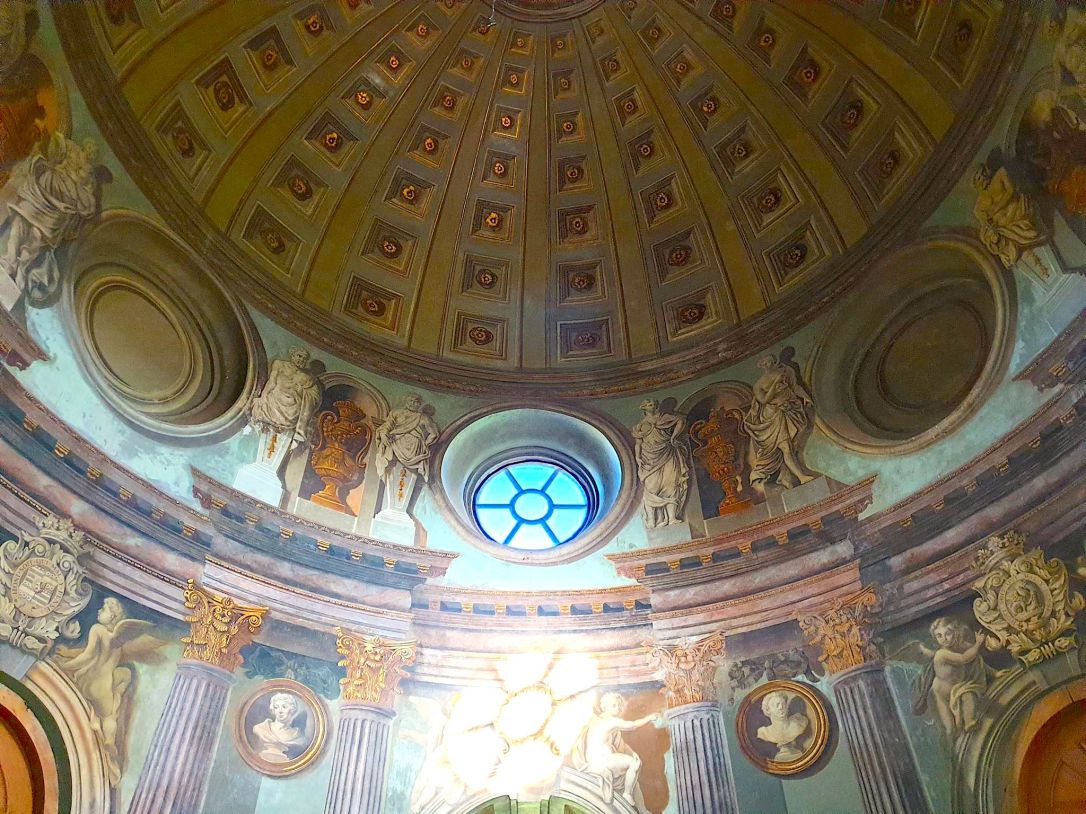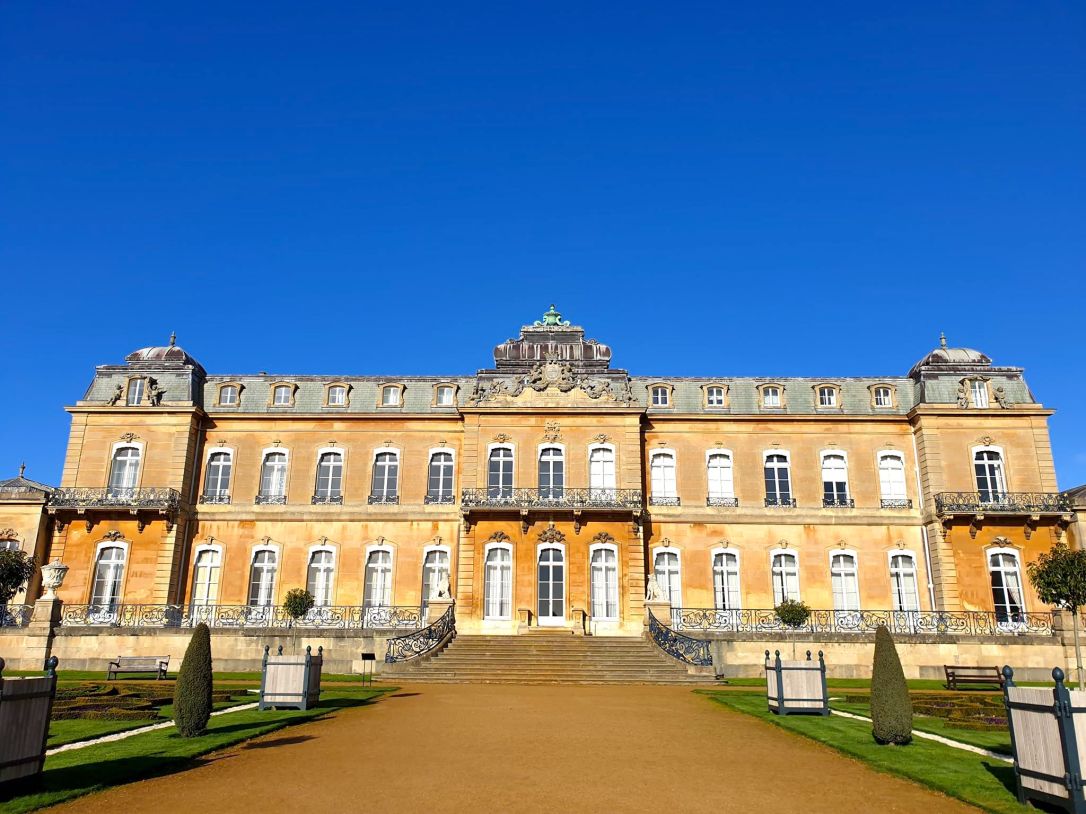Last month, I spent a wonderful day exploring the beautiful house and gardens of Wrest Park in Bedfordshire. This English Heritage property is the perfect place to go in the coming Spring months, so I thought I’d write a post on this fascinating property.
The House

The Wrest estate has been the family home of the de Greys for over 600 years, although the current house is much more modern. With the medieval house quite literally falling apart by the 19th century, the 2nd Earl de Grey, Thomas Robinson, knocked it down and built the impressive, French-style house that still stands today.
Sadly, the furniture no longer remains in situ, as the house has undergone many uses in recent decades. It was a convalescent home and military hospital in WWI before becoming the offices of the National Institute of Agricultural Engineering (later the Silsoe Research Institute) until it was ultimately taken into the care of English Heritage in 2006. Inside the house, a few rooms are used to tell the tale of the uses of the house over time, and the pictures of research stations in the library definitely pained the historian in me!

Although the furniture no longer remains, the interior of the house is still a wonder to behold. Gorgeous wallpaper and ceiling paintings give each room an independent character and gives a taste of how elegant the house would have looked at the peak of its existence. The shelves are filled with dusty books – although these aren’t original and were actually purchased from auction by English Heritage to fill the shelves – and give the rooms a sophisticated atmosphere. One of my favourite spaces was the indoor conservatory, with plants climbing the walls and reaching for the sunlight. It looks like such a peaceful space.
The Gardens

The first significant feature of the gardens was the introduction of the symmetrical, formal woodlands by Henry, Duke of Kent, in the early 17th century. With the help of garden designers and architects, Henry created the beautiful woodland gardens, complete with various avenues and ornaments designed to draw those admiring the gardens onwards. These focal points (placed at crossroads or the end of long avenues) make wandering out the garden a great adventure, with every twist and turn revealing the secrets of the estate’s past.
Under Henry’s careful eye, one of his architects – Thomas Archer – constructed the mesmerising baroque pavilion between 1709-1711. Keen explorers will stare in awe at the Great Room inside, featuring a domed ceiling with wall-paintings by Mark Anthony Hauduroy. With Trompe l’œil styled painting (which makes use of clever techniques to make the painting appear 3D), the Great Room really lives up to its name. Those looking for even more adventure can follow the four winding staircases up into small rooms with rounded window, looking out over the grounds.

When the Duke died, his granddaughter, Marchioness Jemima Grey, inherited Wrest Park. She was also keen to make a mark on the gardens, employing Lancelot ‘Capability’ Brown and all his landscaping prowess, to whom there is a dedicated column in the grounds. Jemima is also responsible for some of the other curious quirks around the grounds, including a delightful Chinese temple and bridge as well as a bathhouse folly, which looks like something straight from a fairytale.
A Day Out…

Wrest Park made for a perfect day out. The gardens are endless and exploring those alone could well take a day. When the sun is shining, Wrest Park is a fascinating and beautiful place to visit.
